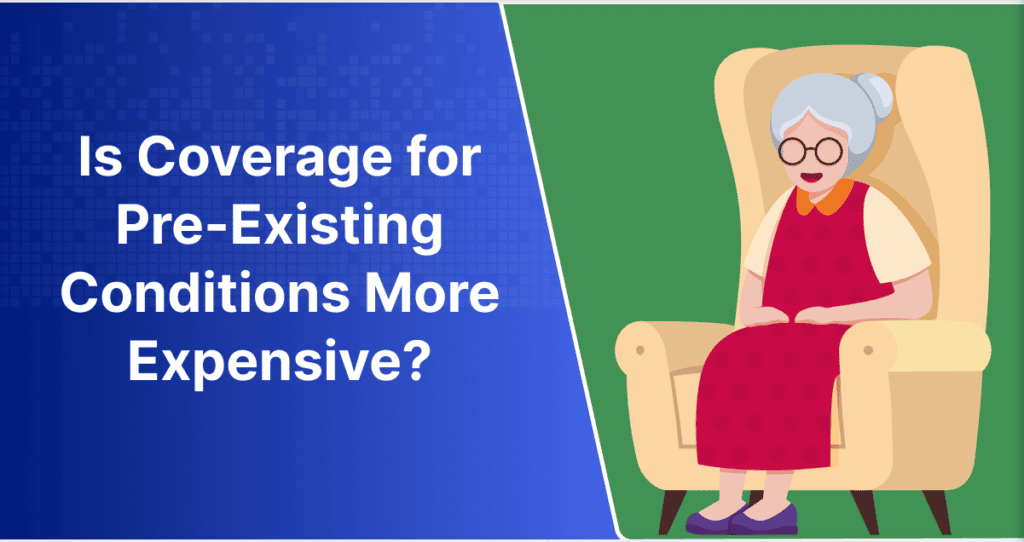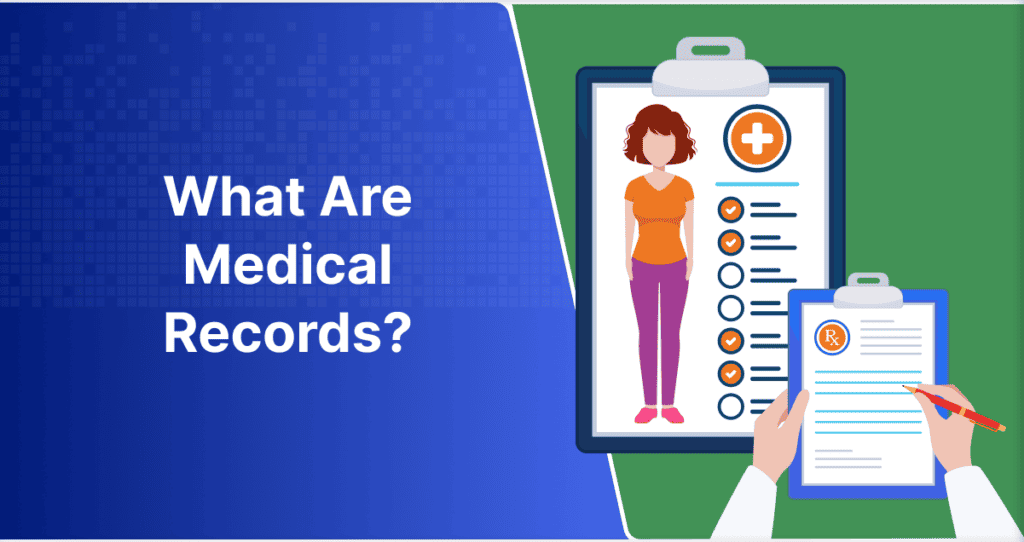No great mind is developed in a vacuum. Socrates taught Plato, Plato taught Aristotle, and Aristotle passed his knowledge on to Alexander the Great. Before your medical staff can help build your organization, they must learn from you.
Every great teacher began a student
To adequately train your staff to handle the HIPAA-compliant release of information (ROI) with ChartRequest, you must first learn how to navigate the platform yourself.
As part of the onboarding process, you’ll have the opportunity to schedule a one-on-one training session to acquaint yourself with the platform. You can also choose to designate the session to another individual if you’d prefer.
In this session, you will be provided with a rundown of the key functionalities of the software. This includes but is not limited to:
- Requesting medical records from healthcare professionals and other custodians
- Releasing personal health information (PHI) to securely fulfill requests
- Managing referrals to and from other physicians
- Handling care coordination to ensure the best care possible for your patients
- Health Information Management (HIM) measures built-in to limit access to PHI for each individual within your organization
Furthermore, because the session will be one-on-one with a real person, you can ask any questions you may have. By the end of this training session, you should be proficient with the ChartRequest platform.
Be sure to take notes throughout this process so you can provide your staff with key information to aid in training. Additionally, you could set up screen recording software to record your training session for later reference. We also have guides on the ChartRequest support website that will help if you or your staff need additional information.
Should you train your staff in groups or individually?
The ChartRequest platform is customizable to be perfect for healthcare organizations of all sizes, from single-provider private practices to large, multi-site medical groups. Any medical organization with more than one employee must determine if training should be done individually or in groups.
Many factors will impact this decision, and multiple methods of training can work based on your practice’s unique needs. Before choosing how you will train your staff, consider the following:
How many employees do you need to train? Let’s say you wish to provide your employees with a one-hour training session before allowing them to begin processing medical records requests with ChartRequest. If you have 2 employees, it will be much easier to dedicate the time for individual training than if you have 20.
How heavy is your staff’s daily workload? If your employees are overwhelmed with their day-to-day duties, you may struggle to find a time when more than one person can step away for training.
Does your staff have strong computer skills? ChartRequest is a streamlined platform that makes Health Information Exchange (HIE) easier to manage. It’s simple to use, but those lacking strong computer skills may need to spend more one-on-one time on the basics.
Does your organization have an appropriate space for a group training session? If there is a conference room with a large screen, it will be easier to accommodate a group session. Most practices use every bit of space available, so this will greatly depend on your physical capabilities.
Once you’ve developed your training plan, you can begin teaching your medical staff how to use the ChartRequest Self-Service platform.
Developing skills is a gradual process
You can’t learn to play an instrument in an afternoon, but you can probably teach your medical staff to master the ChartRequest platform with a single training session. Our Self-Service platform was designed to help guide users through the various processes.
There are three key features the average healthcare worker needs to learn:
- Manage and fulfill incoming medical records requests. This is the primary feature of our Self-Service platform, and the most important to handle correctly. You will want to focus training on this aspect, as releasing the wrong medical records is a HIPAA breach.
- Request PHI from other custodians. This will likely be the most simple task your staff performs with ChartRequest. Whenever a new patient with relevant medical history seeks care from your practice, you will want to review their records. The same goes for existing patients who visit a specialist.
- Manage referrals and coordinate care with other physicians. This feature improves patient care by keeping each physician involved in their treatment up-to-date. Care coordination requires proficiency with releasing and requesting PHI, as well as strong communication skills.
By focusing on these three functions during training, you can help your team hit the ground running. Practice makes perfect, and your medical staff will grow proficient as they regularly perform these tasks.
The sooner you begin, the sooner your practice can begin saving time and money on the release of information. Are you ready to take your Health Information Exchange








